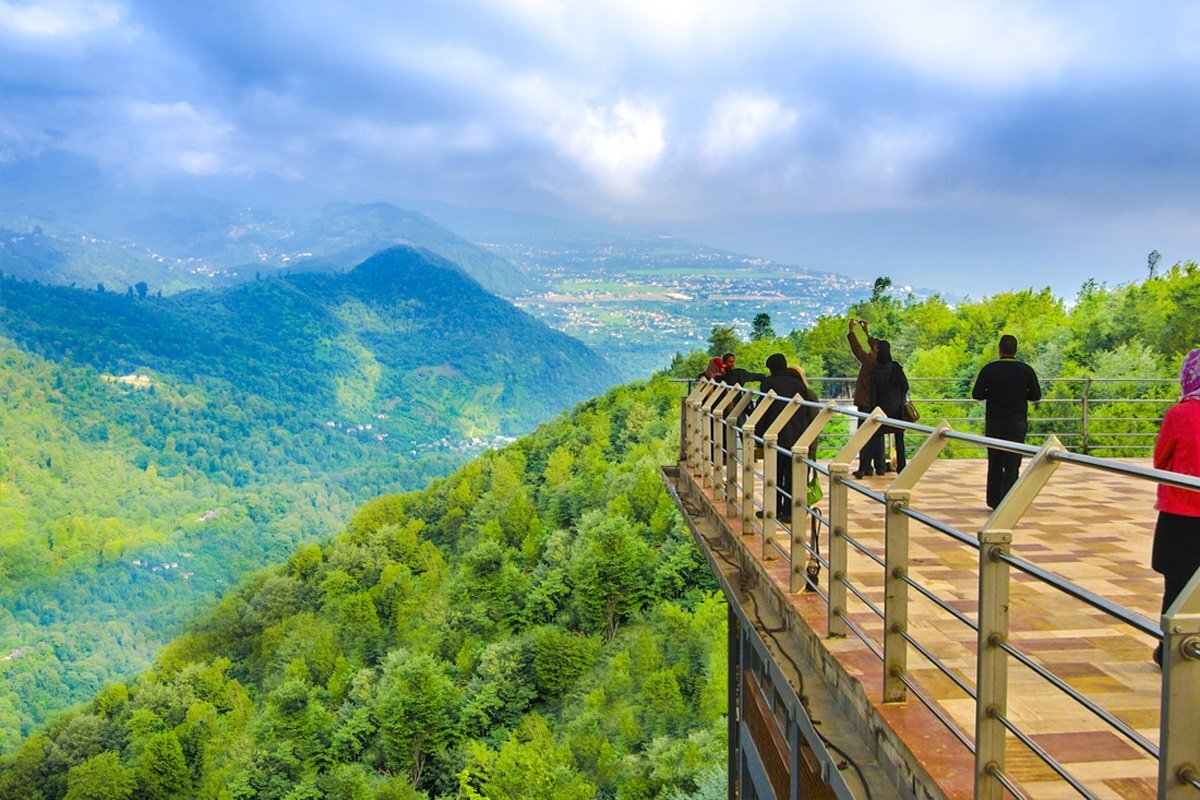Ramsar geopark seeks international fame

TEHRAN – The lush green Ramsar county in northern Iran, which is home to countless natural landscapes, seeks to gain international fame as a geopark, Ramsar’s tourism chief said on Monday.
“Ramsar Geopark is of high importance due to having a wide variety of natural characteristics. So, we consider nominating it for an international status to boost the local economy,” Nader Saharkhizan explained.
“Natural phenomena such as beautiful forests, limestone formations, natural and remedial spas, gorgeous beaches, caves, and towering mountains have made Ramsar one of the most beautiful places in the world. This way it needs to be introduced internationally,” the official said.
Because of the presence of this diverse ecosystem, tourists from all over the country and even the world now frequently travel to the lovely Ramsar, Saharkhizan said.
A geopark is a contiguous area that advances the sustainable use of geological heritage and the economic prosperity of the local populace. Global geoparks, according to UNESCO, are unified areas with significant geological heritage. Geoparks make use of this heritage to raise public awareness of pressing social issues in light of our ever-changing planet.
According to experts, the majority of geoparks work to raise public awareness of geological dangers like volcanoes, earthquakes, and tsunamis. Many also assist in developing local communities' disaster mitigation plans. Geoparks serve as both a repository for the records of past climate change and as a sign of the present.
A UNESCO Global Geopark fosters socio-economic development that is culturally and environmentally sustainable, directly affecting the area by improving human living conditions and the rural environment. It gives local people a sense of pride in their region, strengthens public identification with the area, and promotes a better understanding of the area’s geological, natural, archaeological, cultural, and industrial heritage.
According to the UN body, UNESCO Global Geoparks has multiple aims which included the protection and conservation of its territorial geoheritage and culturally and environmentally sustainable development of the area.
“UNESCO Global Geoparks are fundamentally about people and about exploring and celebrating the links between our communities and the Earth. The Earth has shaped who we are: it has shaped our farming practices, the building materials and methods we have used for our homes, even our mythology, folklore, and folk traditions. UNESCO Global Geoparks, therefore, engage in a range of activities to celebrate these links. Many UNESCO Global Geoparks have strong links to the arts communities where the synergy released by bringing science and the arts together can yield surprising results.”
Furthermore, one of the primary aims is to promote geoscience education within local communities and to visitors by conveying the importance of the geological heritage to students, teachers, local decision-makers, and the broad public.
Furthermore, one of the main objectives is to advance geoscience education among residents and tourists by emphasizing the value of the local geological heritage to students, teachers, local decision-makers, and the public.
AFM
Leave a Comment